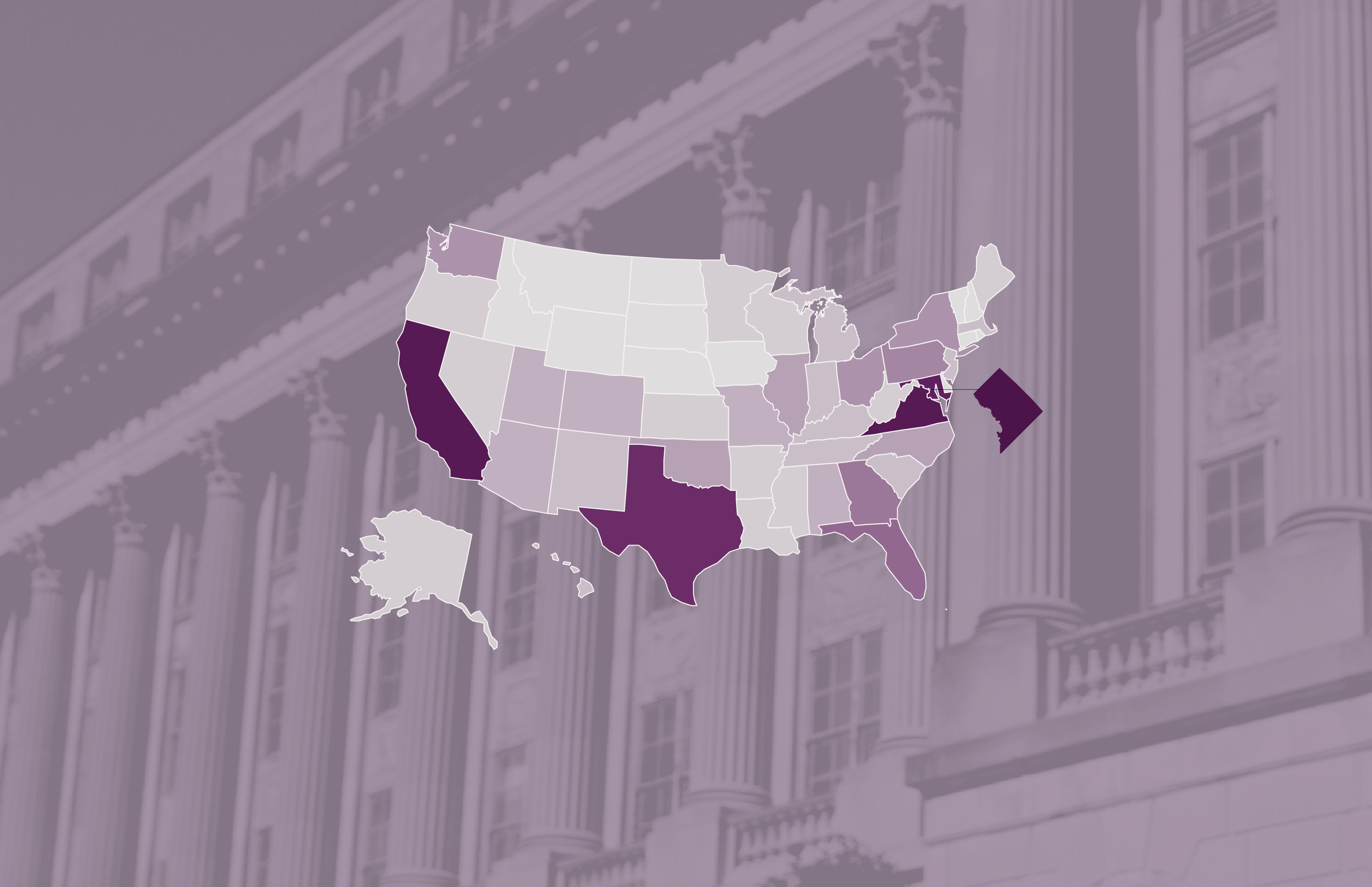
Federal Workforce Reduction Under the Trump Administration: Layoffs, Buyouts, and the Changing Landscape of Public Service
The federal government is undergoing a significant transformation as the Trump administration implements a workforce optimization initiative, leading to layoffs and reshaping the composition of the civil service. This shift follows an executive order signed on February 11, directing the federal government to adopt the workforce optimization plan spearheaded by Elon Musk’s Department of Government Efficiency. The initiative aims to streamline operations, reduce costs, and modernize the federal workforce, but it has also resulted in job losses and anxieties among government employees.
Prior to the wave of layoffs, approximately 75,000 federal employees opted for buyouts, indicating a willingness among some to depart from public service. While an official count of layoffs is not yet available, estimates suggest that the number could exceed 100,000, as previously reported by USA TODAY. This reduction in the federal workforce has raised concerns about the government’s ability to effectively deliver essential services and fulfill its responsibilities to the American people.
The federal government employs a vast and diverse workforce, encompassing around 3 million individuals as of November 2024, according to the Bureau of Labor Statistics (BLS). This represents nearly 2% of the entire civilian workforce in the United States. The U.S. Postal Service, an independent federal agency, employs over 600,000 of these individuals, playing a crucial role in delivering mail and packages across the nation. It’s important to note that government contractors and active-duty military personnel are not included in the federal workforce count. The 1.3 million active-duty military personnel are considered a separate entity.
Excluding the Postal Service, the federal government employs approximately 2.4 million individuals. The Pew Research Center has identified the federal government as the nation’s single largest employer, surpassing even Walmart, Amazon, or McDonald’s in terms of workforce size. This highlights the significant role the federal government plays in providing employment opportunities and contributing to the nation’s economy.
Within the executive branch, the Department of Veterans Affairs (VA) employs the largest number of people, with over 486,000 individuals dedicated to serving the needs of the nation’s veterans. This figure is based on a Pew Research Center analysis of Office of Personnel Management FedScope data from March 2024 and excludes postal workers, employees of intelligence agencies, and presidential appointees requiring Senate confirmation. The Veterans Health Administration, a major health care system within the VA, employs the majority of the department’s workforce, operating a network of hospitals, clinics, and nursing homes that provide care to more than 9.1 million veterans.
In contrast, the Department of Education is the smallest federal agency, employing only 4,245 individuals. President Trump has previously expressed intentions to shut down the Education Department, reflecting a desire to reduce the federal government’s role in education policy and funding. Despite its relatively small size, the Department of Education plays a crucial role in overseeing nearly $2 trillion in federal student loans, protecting students from predatory colleges, and holding higher education institutions accountable for ensuring their degrees provide a good return on investment.
The federal workforce is geographically dispersed across the United States, with more than 80% of federal employees residing outside of the Washington, D.C., metro area. The district, Maryland, and Virginia together house about 454,000 federal employees. California and Texas have large concentrations of federal employees, with approximately 147,500 and 130,000 individuals working for the federal government in those states, respectively, according to the Pew Research Center.
In terms of occupational categories, health-related fields employ the largest number of federal employees, with nearly 364,000 individuals, or 16% of the federal workforce, working in these areas. This reflects the government’s significant role in providing healthcare services through agencies such as the Department of Veterans Affairs and the National Institutes of Health.
The recent mass firings of federal workers have primarily targeted recently hired or promoted probationary employees. These firings followed the offer of buyouts to all federal employees, which more than 75,000 individuals accepted. The exact number of federal employees affected by the layoffs is still unknown, but several departments have been impacted, including the Environmental Protection Agency (EPA), Office of Personnel Management (OPM), General Services Administration (GSA), Consumer Financial Protection Bureau (CFPB), Department of Energy, and Department of Education. These layoffs have raised concerns about the potential loss of institutional knowledge, expertise, and experience within these agencies.
The reduction in the federal workforce under the Trump administration reflects a broader effort to shrink the size and scope of the federal government, reduce spending, and streamline operations. However, this initiative has also raised questions about the government’s ability to effectively carry out its responsibilities, provide essential services, and protect the interests of the American people. The long-term impacts of these workforce reductions remain to be seen, but they are likely to have a significant impact on the federal government and the individuals who depend on its services.
